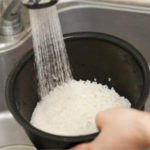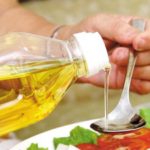Porridge is an easy dish for the sick, children, breakfast, and snack. Many people often think that cooking porridge requires long simmering or boiling over, which can overflow the pot onto the stove. If you use an electric pot, it will be messy and hard to clean. Some people come up with the idea of grinding rice to cook faster. However, grinding rice for porridge is not as tasty as using whole grains. And if you don’t pay attention while cooking, the bottom of the pot will burn. The following tips will help you prevent porridge from overflowing, burning, and taking too long to cook.
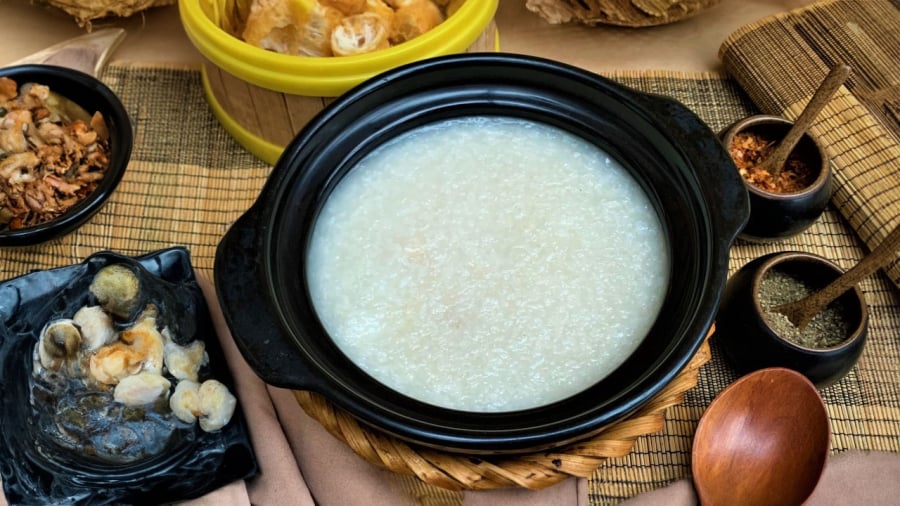
Prevent the pot from burning
Because when the porridge is sticky, it will stick to the bottom of the pot, and the heat from the bottom of the pot will burn the bottom layer of rice flour. If you don’t stir it frequently, it will burn even more. Therefore, to prevent it from burning, you need to preheat the pot and spread a layer of cooking oil/fat around the inside of the pot. This will prevent the porridge from sticking to the pot while cooking.
Cook porridge quickly
If you want the porridge to cook quickly, soak the rice in water for about 30 minutes. Then fry the rice in a pan. Stir the rice evenly in the pan until it turns slightly golden. This method not only makes the porridge fragrant but also helps it cook quickly.
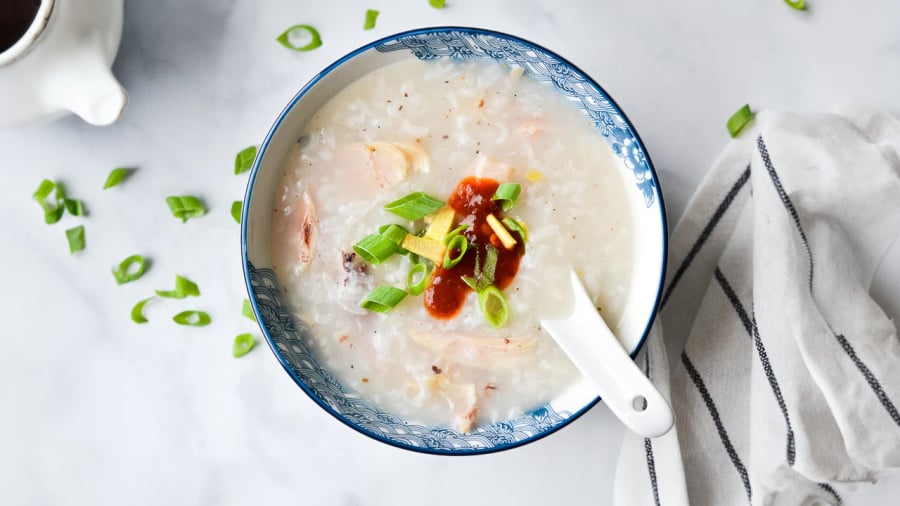
After frying the rice, put it into a pot, add boiling water, cover and let it sit for about 10 minutes. You should not add too much water at once, let the porridge expand to a slightly thick consistency, just a little more than when cooking rice. After the resting time, the rice will be soft. If you want the porridge to be soft but still have visible rice grains, add boiling water and let it sit for another 10 minutes. If you want the rice grains to be broken down, grind the porridge with a ladle. It’s easier to grind when the porridge is thick because the rice grains won’t float in the water. Then add enough water to achieve the desired thickness, stir evenly, bring to a boil again, and cover and let it sit. This way, you don’t need to spend a lot of energy cooking, and the porridge will cook quickly to a soft consistency.
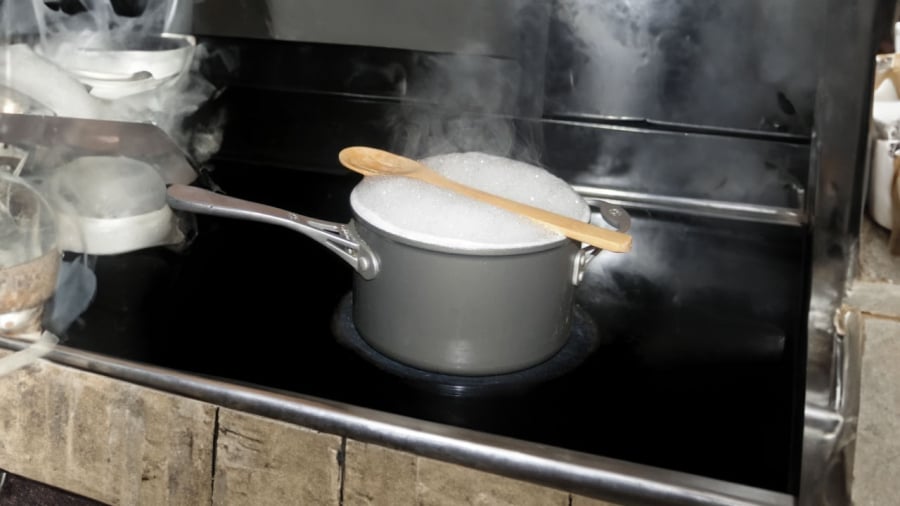
Prevent porridge from overflowing
To prevent the porridge from overflowing, when cooking, simmer it over low heat and stir it evenly. Remember to add a little cooking oil or fat, as this will prevent the starchy layer from overflowing. If you want to continue boiling it, simmer it over low heat and place a wooden chopstick on the rim of the pot to prevent the porridge from overflowing.
With the above method of cooking porridge, you can have a fragrant and quick-cooking rice porridge without the need to grind the rice into flakes or flour. Moreover, grinding rice into flakes or flour might seem to be quicker, but the porridge won’t be fully cooked and soft, and the texture of the rice grains won’t be as delicious, and the taste of the porridge will be different.
After cooking the porridge, you can add minced meat stir-fried, dried shrimp, or fish to create a nutritious bowl of porridge for your family.

























